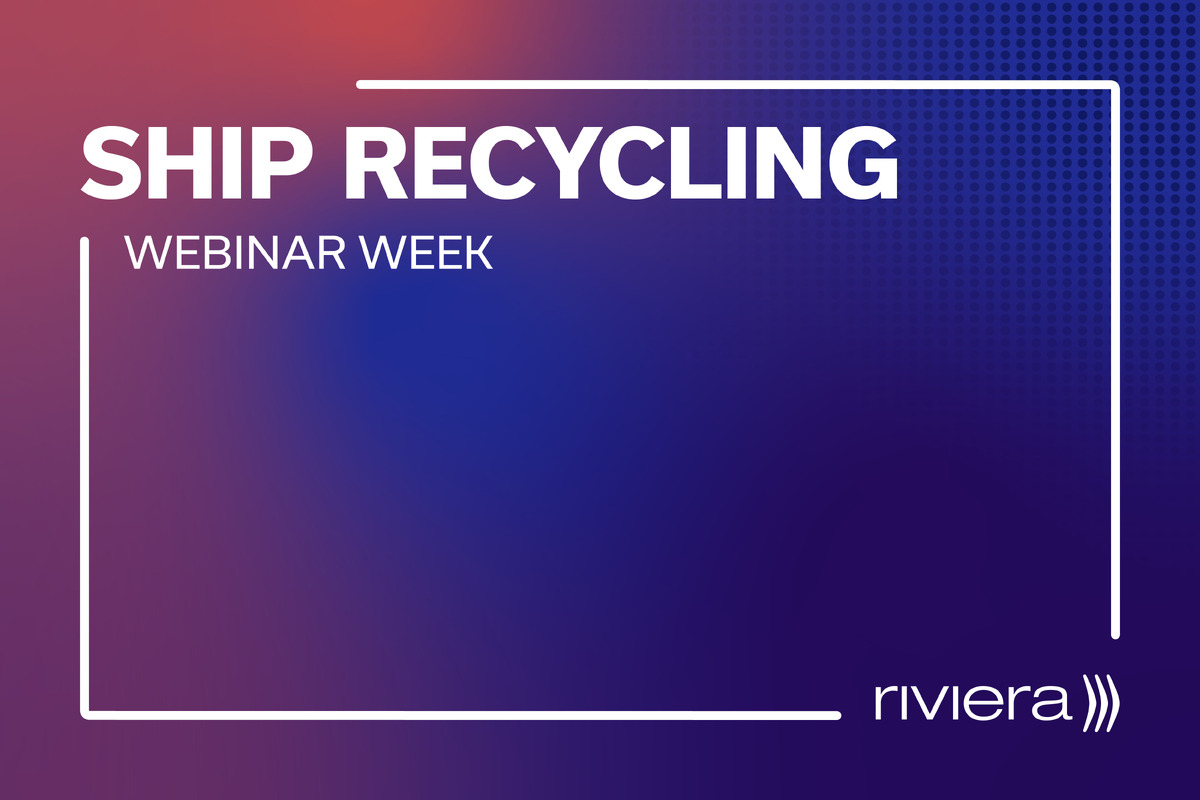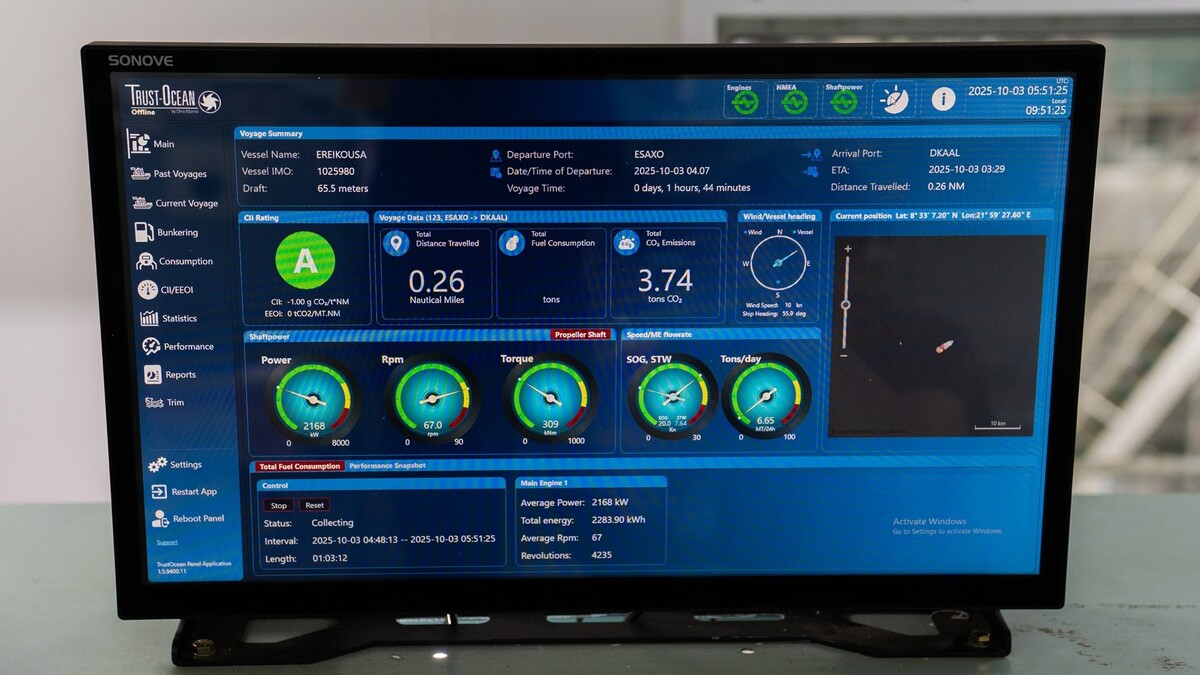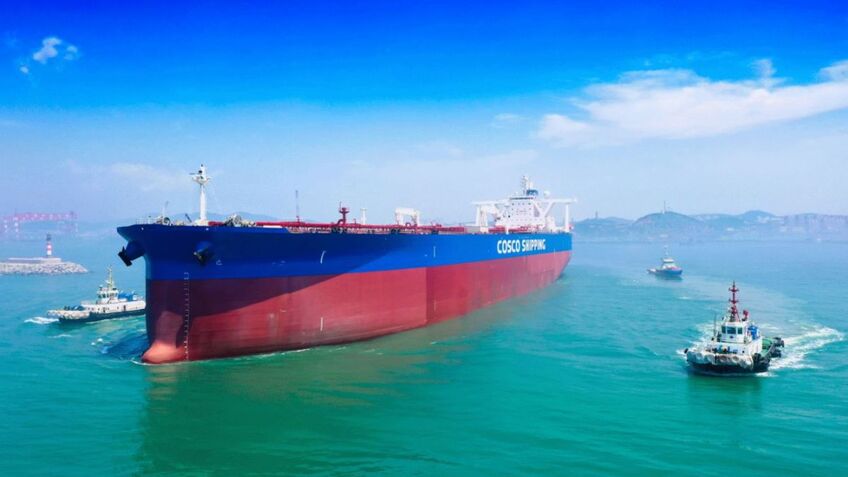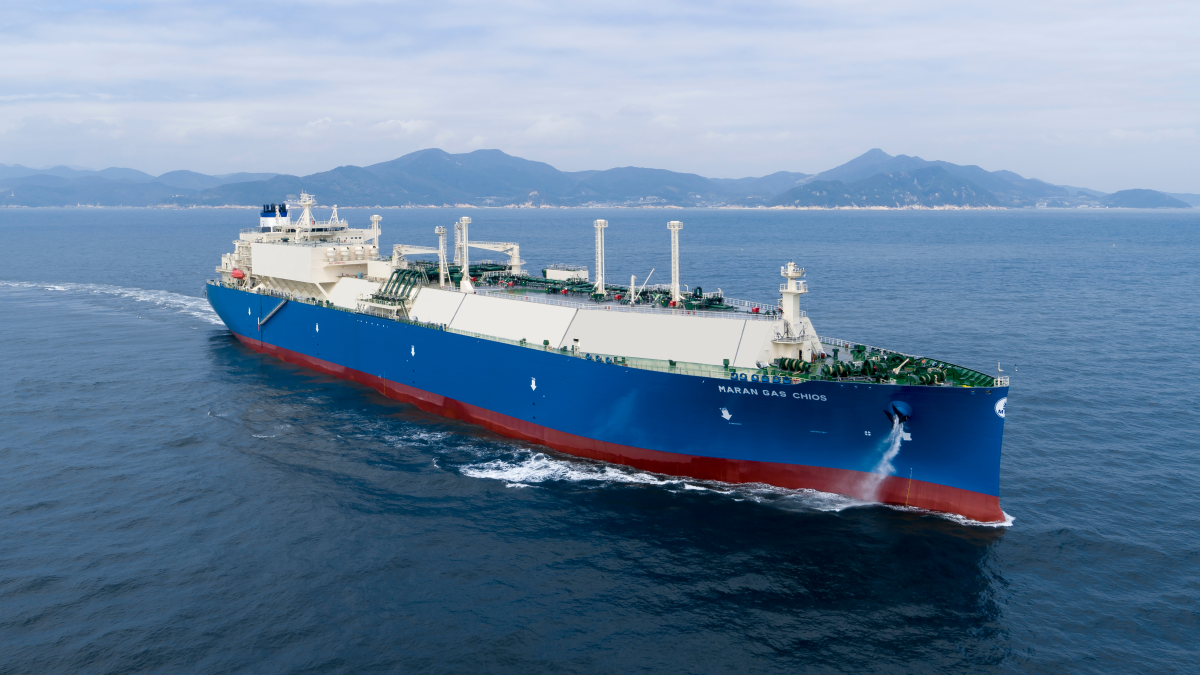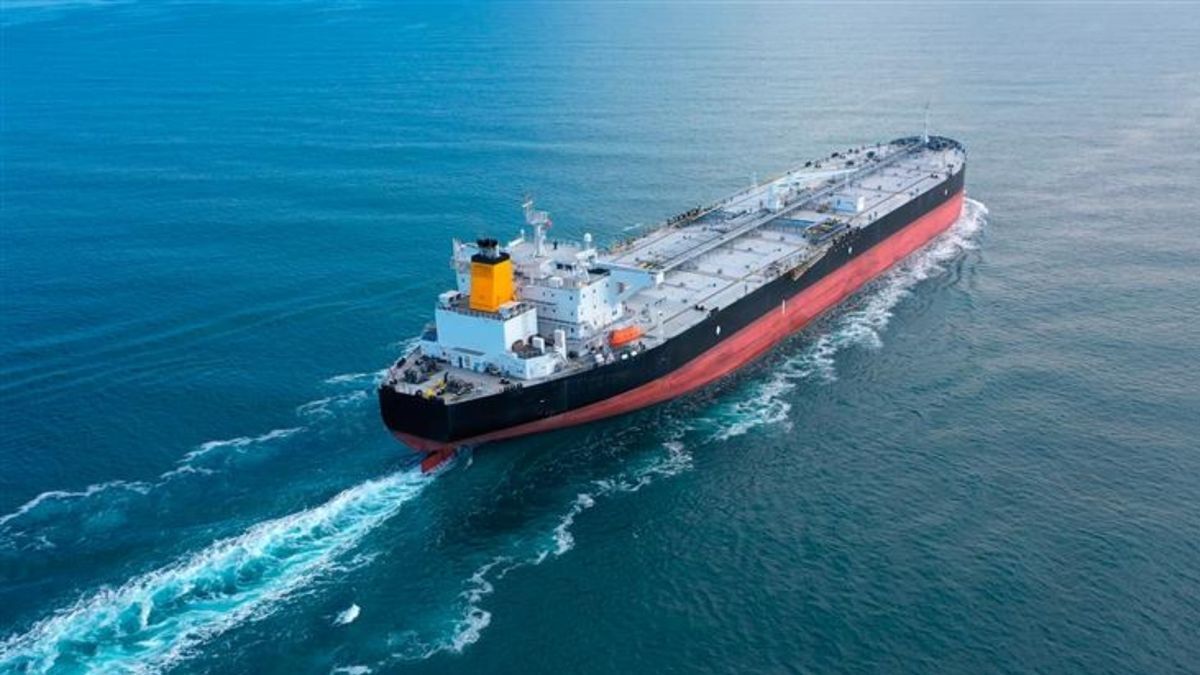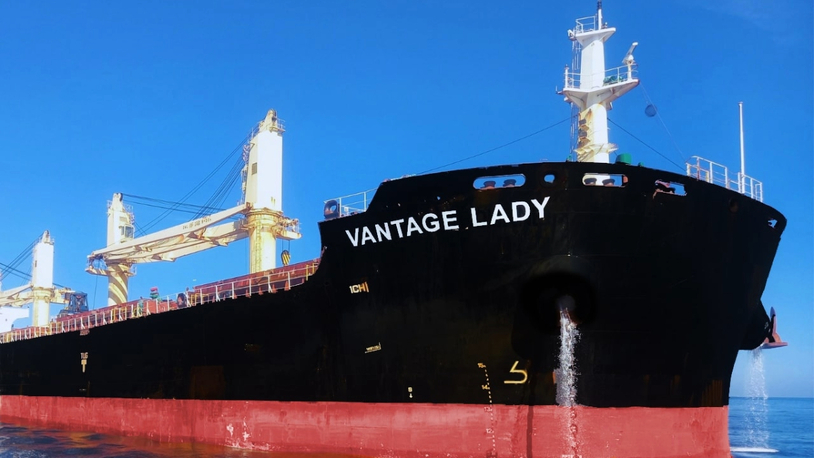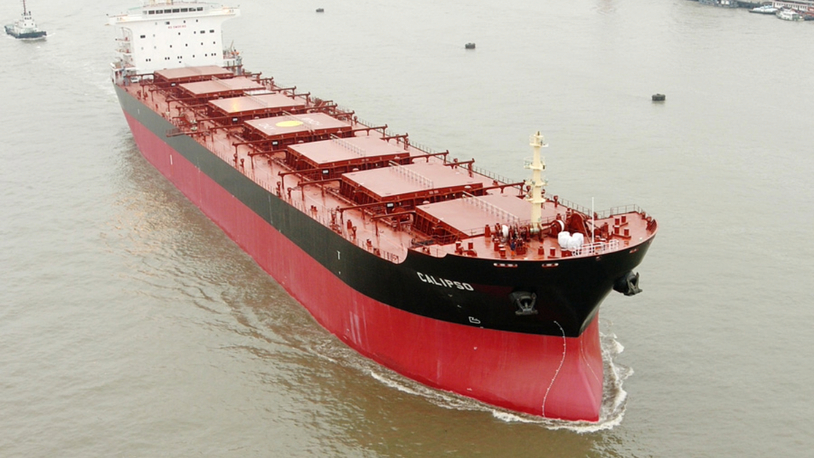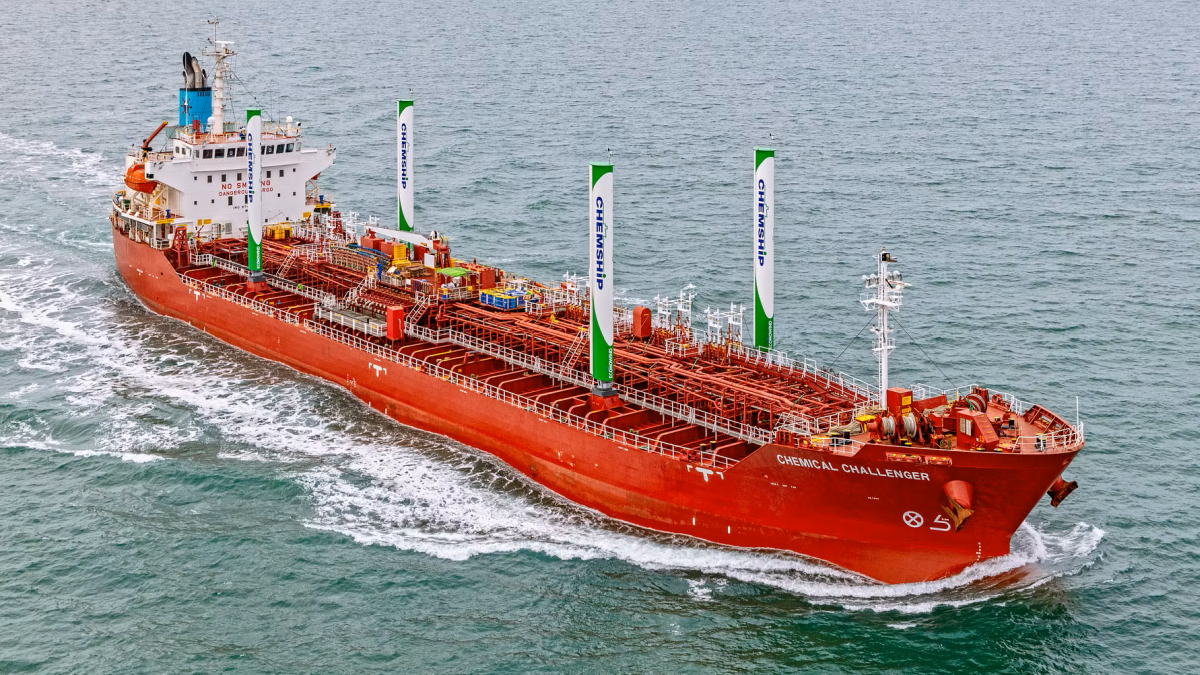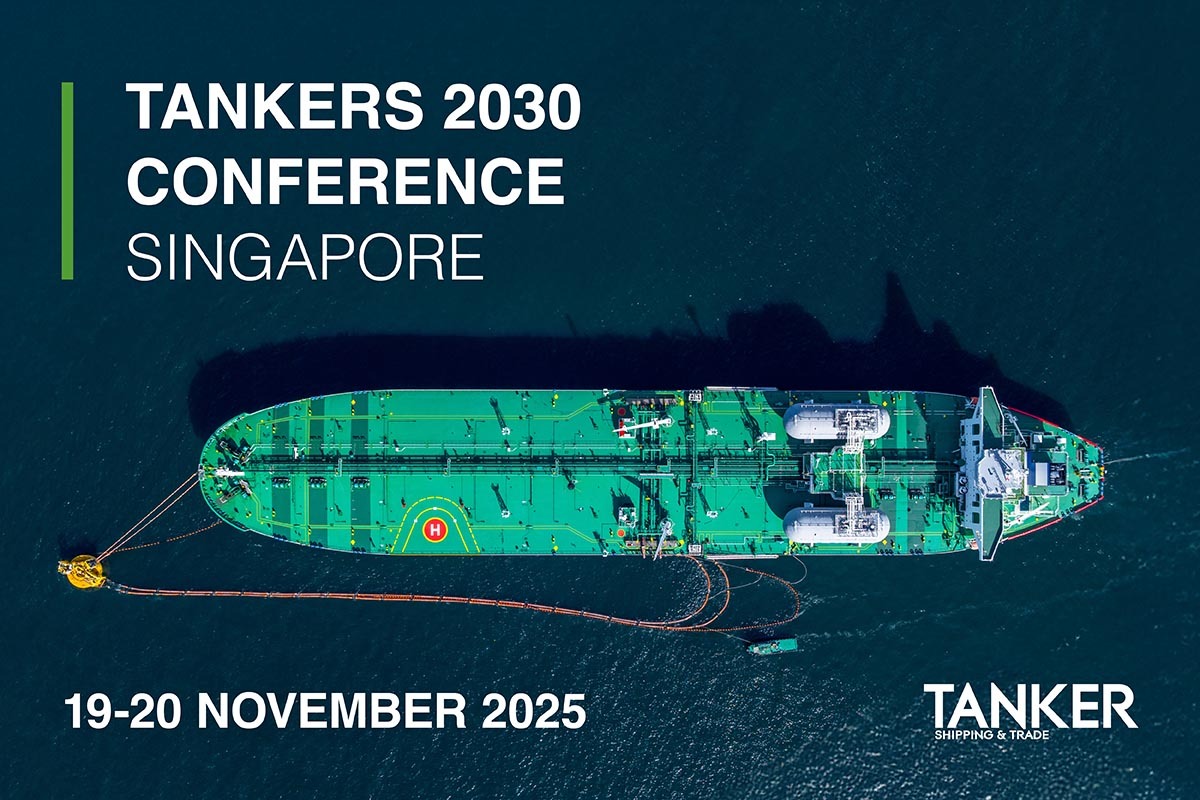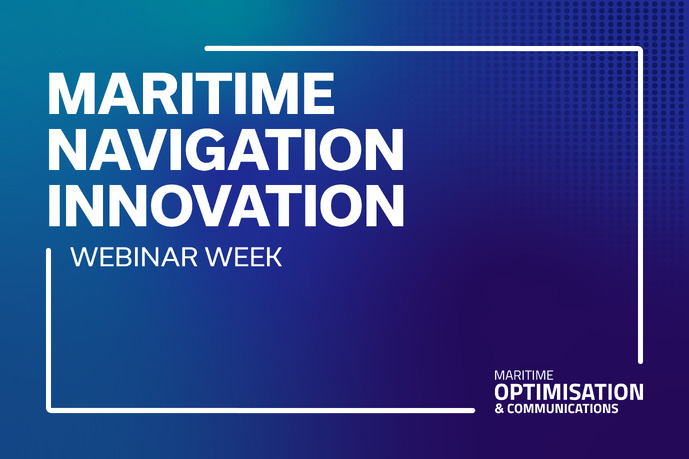Business Sectors
Events
Ship Recycling Webinar Week
Contents
New technology streamlines boiler operations
The latest boiler technology concentrates on making installation and operation more efficient and easier
Like most aspects of ship equipment, the onboard installation of boilers is subject to a number of commercial and environmental pressures. These demand that any units installed are able to offer the shipowner ever-higher levels of efficiency, lower fuel consumption and greater space saving.
From an efficiency point of view, Alfa Laval’s touchscreen control technology for its range of Aalborg boilers certainly fits the bill. The system offers users a complete view of the plant and easy access to all functions, allowing crews to make better decisions on boiler use.
With its graphical touchscreen display and intuitive two-touch navigation, Alfa Laval Touch Control is a major leap forward in boiler-control technology. As the new common control platform for all Alfa Laval Aalborg boilers, the system will be a familiar interface for crews, regardless of which boiler they work with. It can already be found on board a range of newbuilds, and additional deliveries are underway.
Alfa Laval Touch Control is being rolled out successively for new and existing Alfa Laval Aalborg boilers. First out are the Alfa Laval Aalborg OL and OC-TCi boilers, which will now feature advanced control with a simple touch.
Alfa Laval Touch Control has already been proven in the engineroom on other marine systems from Alfa Laval. In addition, it is used at the Alfa Laval Test & Training Centre, where it steers the centre’s own boilers and aids the continuous development and optimisation of systems for new boiler types.
What Alfa Laval Touch Control offers is entirely new for boilers, as customers who experience the test rig at the Alfa Laval Test & Training Centre quickly recognise. During trainings, the rig is used to show the many ways in which boiler operation can be optimised.
“The system is intuitive and incredibly easy to learn, even for less skilled crewmembers,” says Alfa Laval manager for boilers and heaters John Pedersen. “Two touches of the screen provide access to any setting or function, but there are user levels and password protection to keep inexperienced operators from making mistakes.”
Intuitive control means easier and better boiler operation. Crews can make faster, smarter decisions that optimise boiler use, supported by features such as integrated manuals and user-defined trend pages.
Alfa Laval Touch Control is PLC-based, which gives it plug-and-play simplicity and high durability in the engineroom. With coverage for all major bus interfaces, it is easily connected to onboard communication systems. Likewise, Alfa Laval service engineers can quickly retrofit it to an existing Alfa Laval Aalborg OL, OS-TCi or OC-TCi boiler, as has already been done on a number of tankers.
In addition, Alfa Laval Touch Control offers the flexibility of firmware upgrades. These let the system adapt as new needs arise.
“This is boiler control for today’s operational requirements, but also for the future,” Mr Pedersen concludes. “As boiler technology changes and legislation creates new demands, Alfa Laval Touch Control will let vessels and their crews adjust with ease.”
Also offering efficiency, lower fuel costs and environmental benefits is Saacke Marine Systems’ low-emission boiler, CMB-VF-LONOX. It has been specially developed for ships with multi-boiler plants, such as chemical tankers, LNG carriers and passenger ships. The particular strength of this vertical combination-type boiler does away with the need for an entire auxiliary boiler plant.
Composite boilers are usually used on vessels with low steam demand such as dry cargo ships, container vessels and bulk containers, while vessels such as chemical tankers, LNG carriers and passenger ships will usually employ a multi-boiler approach. This requires one or two auxiliary boilers, as well as an exhaust gas or a composite boiler, to be installed to cover the varying demand for steam. This means a considerable financial outlay and space on board for what can often be a largely unused boiler.
The CMB-VF-LONOX halves the entire boiler system as a low-emission two-in-one solution, without compromising the steam output. By using one fewer boiler, the operator is saving not only the costs and space of an auxiliary boiler, but also the associated costs of installation, pipework and maintenance.
The Saacke solution combines straightforward implementation and ease of use with a long lifecycle and energy-efficient operation. The compact, vertical combination-type boiler handles a multitude of demands that shipyards and shipping companies place on onboard equipment.
The boiler itself is capable of generating steam at as much as 18 tonnes/hr, contrasting favourably with traditional composite boilers that can generally achieve just 6 tonnes/hr. Since the boiler is always heated up and ready for operation, it can immediately supply small as well as large quantities of steam on demand. The boiler is fired by a Saacke rotary cup burner. A control range of up to 1:25 can be achieved.
The fully automatic boiler control simplifies the operation of the steam-generation plant. If an auxiliary boiler is in place in addition to the CMB-VF-LONOX (for example, on larger tankers in which two auxiliary boilers are otherwise required), the CMB-VF-LONOX and the auxiliary boiler can be operated in a master-slave mode.
In addition to being connected to the exhaust gas line from the vessel’s main engine, the CMB-VF-LONOX can connect as many as three lines from auxiliary diesels to integrate exhaust gases. This offers greater efficiency, especially in port when the main engine is not being used, because boilers can use gases from the diesel generators.
The boiler system is also compatible with dual-fuel applications, and can be delivered with flue-gas recirculation for emissions in the ultra-low NOX range if desired. Equally, different capacities can be specified depending on the number of engines to which the boiler is attached.
Related to this Story
Events
Ship Recycling Webinar Week
International Bulk Shipping Conference 2025
Tankers 2030 Conference
Maritime Navigation Innovation Webinar Week
© 2024 Riviera Maritime Media Ltd.
